Winter in New England transforms the region into a picturesque landscape, inviting adventurers to explore its snow-covered trails and forests.
Among the myriad of winter activities, snowshoeing stands out as a serene and accessible way to experience the region’s natural beauty.
But where to try snowshoeing in New England? From the rugged peaks of the White Mountains to the tranquil woods of Vermont, New England offers a plethora of destinations perfect for snowshoeing enthusiasts of all levels.
Whether you’re a novice seeking gentle paths through pristine snow or an experienced trekker craving challenging terrain and breathtaking vistas, New England has something to offer.
In this guide, we’ll highlight some of the most enticing locations across the region, where you can strap on your snowshoes and embark on unforgettable adventures. Get ready to immerse yourself in the tranquility of winter landscapes and discover an experience like no other.
Where To Try Snowshoeing in New England?
New England transforms into a winter wonderland during the colder months, offering outdoor enthusiasts a plethora of activities to enjoy in the snow-covered landscapes.
Whether you’re a seasoned snowshoer or a novice looking to try it for the first time, here are some top destinations in New England to explore on snowshoes.
1. White Mountain National Forest, New Hampshire
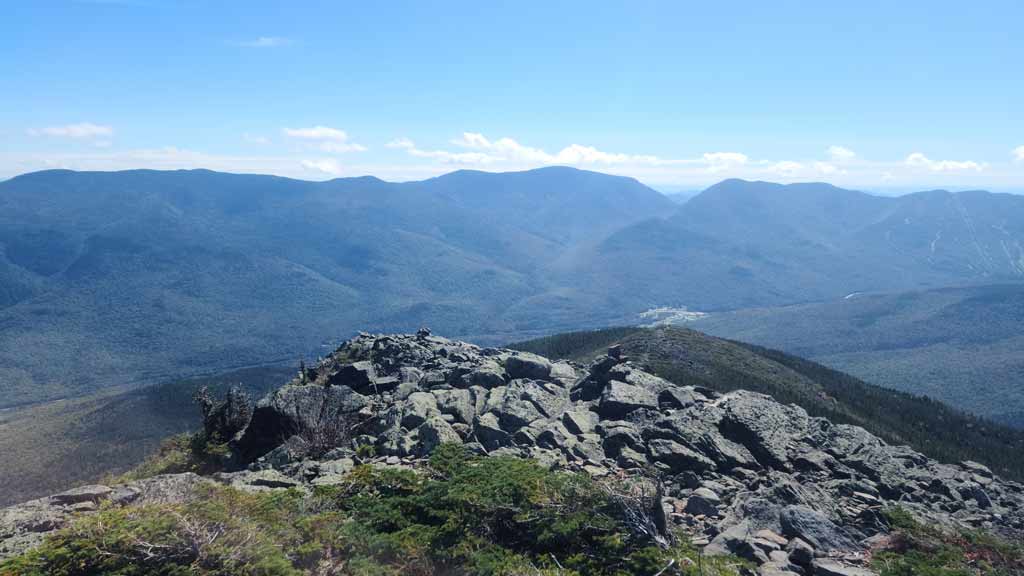
Renowned for its rugged beauty and extensive trail network, the White Mountain National Forest in New Hampshire offers some of the best snowshoeing opportunities in New England.
With over 1,200 miles of trails, including sections of the Appalachian Trail, snowshoers can explore dense forests, frozen waterfalls, and panoramic vistas.
Popular snowshoeing destinations within the forest include Franconia Notch State Park, Crawford Notch State Park, and the Presidential Range. Beginners can enjoy easier trails near visitor centers, while experienced snowshoers can tackle more challenging terrain in the backcountry.
2. Acadia National Park, Maine
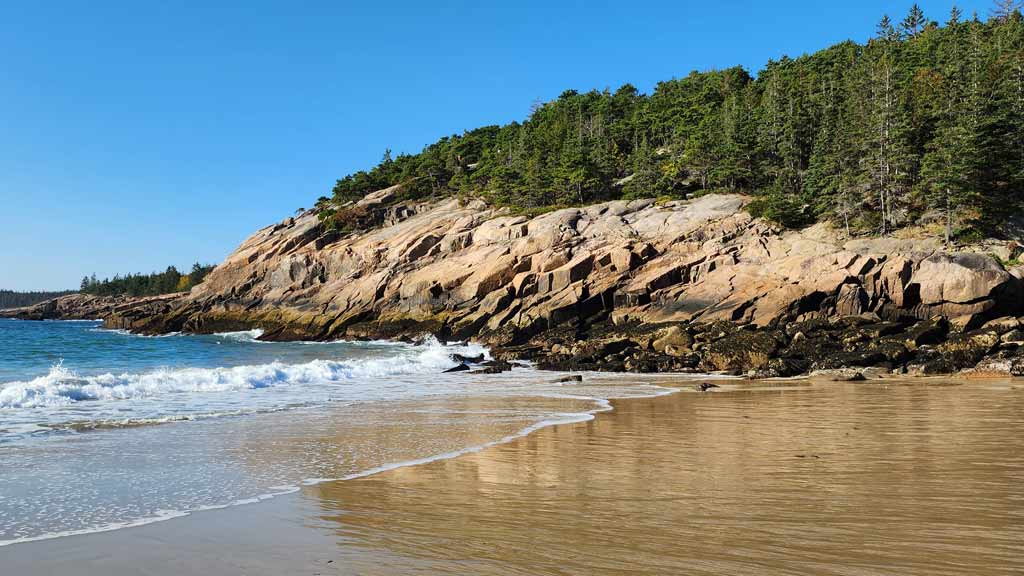
While Acadia National Park is best known for its stunning coastal landscapes and rocky shorelines, it also offers fantastic snowshoeing opportunities during the winter months.
With fewer crowds and serene winter beauty, Acadia transforms into a peaceful retreat for snowshoers. Trails such as the Jordan Pond Path, Cadillac Summit Loop, and Eagle Lake Loop provide scenic routes through snow-covered forests and along frozen lakeshores.
Snowshoers can enjoy views of snow-capped mountains and icy Atlantic Ocean vistas, making Acadia a must-visit destination for winter adventurers in New England.
3. Mount Mansfield, Vermont
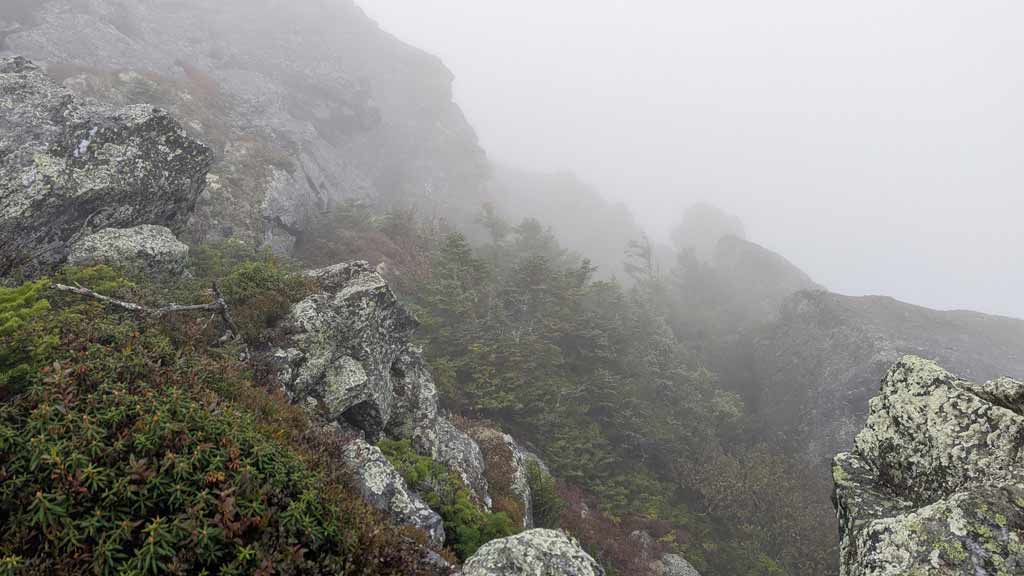
As the highest peak in Vermont, Mount Mansfield offers spectacular snowshoeing adventures with breathtaking views of the surrounding Green Mountains.
The Stowe Mountain Resort, located at the base of Mount Mansfield, provides access to a network of snowshoeing trails suitable for all skill levels.
From leisurely strolls through wooded glades to challenging ascents up the mountain’s slopes, there are options for every preference.
Snowshoers can also explore nearby Smugglers’ Notch State Park and Trapp Family Lodge for additional trails and stunning winter scenery.
4. Baxter State Park, Maine
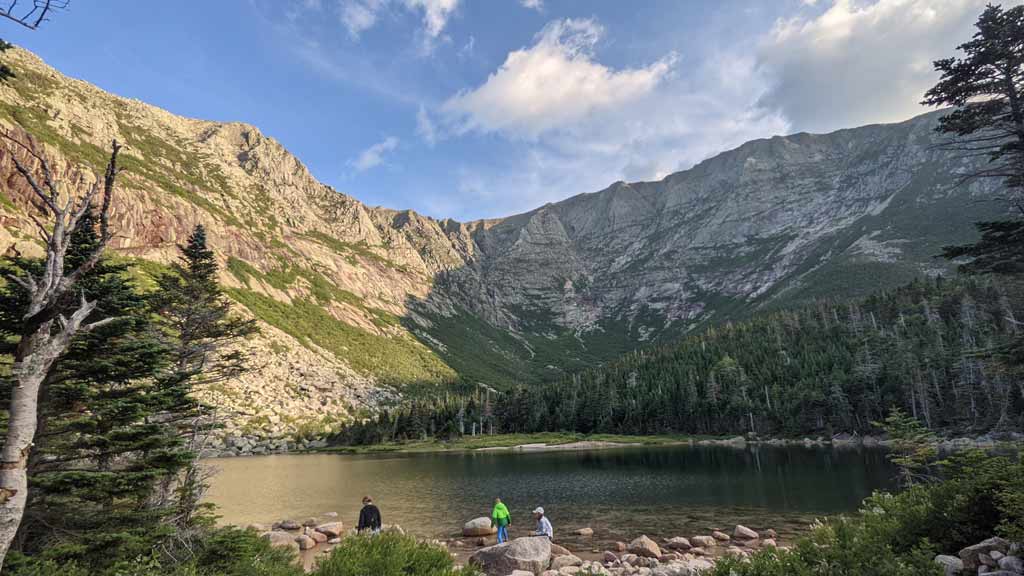
For those seeking a more remote and rugged snowshoeing experience, Baxter State Park in Maine offers unparalleled wilderness adventures.
With its pristine forests, towering peaks, and abundant wildlife, Baxter State Park provides a true backcountry experience for adventurous snowshoers. Trails such as the Katahdin Stream Falls Trail, Chimney Pond Trail, and Hamlin Ridge Trail lead to stunning alpine vistas and frozen waterfalls.
Snowshoers should be prepared for challenging terrain and variable winter conditions in this remote wilderness setting.
5. Franconia Notch State Park, New Hampshire
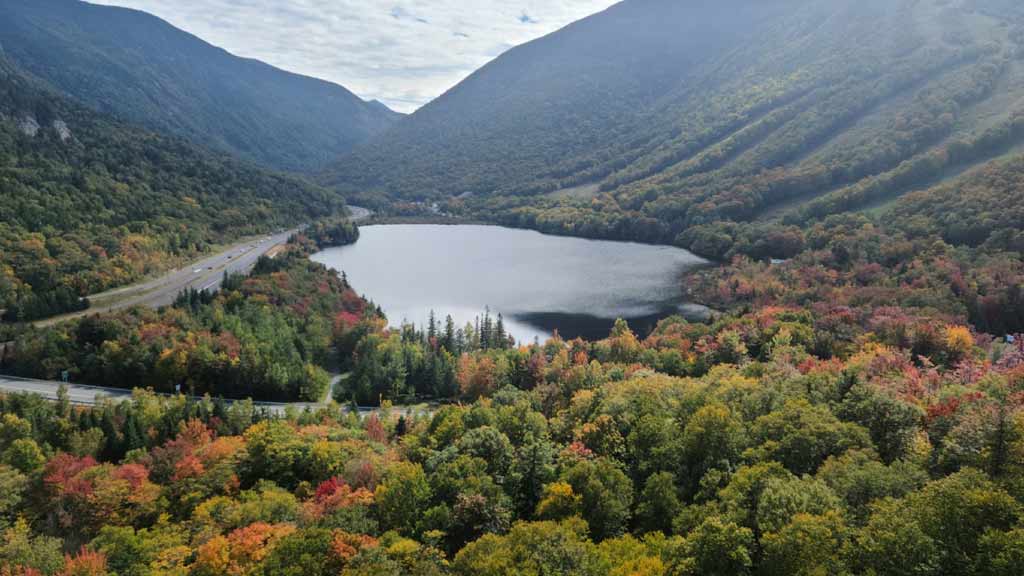
Located in the heart of the White Mountains, Franconia Notch State Park boasts a variety of snowshoeing trails suitable for all skill levels.
The park’s iconic features, including the Flume Gorge, Cannon Mountain, and the Basin, offer stunning winter scenery and opportunities for exploration.
Snowshoers can follow the Franconia Notch Recreation Path for an easy stroll along the Pemigewasset River or tackle more challenging trails leading to mountain summits and scenic overlooks.
6. Green Mountain National Forest, Vermont
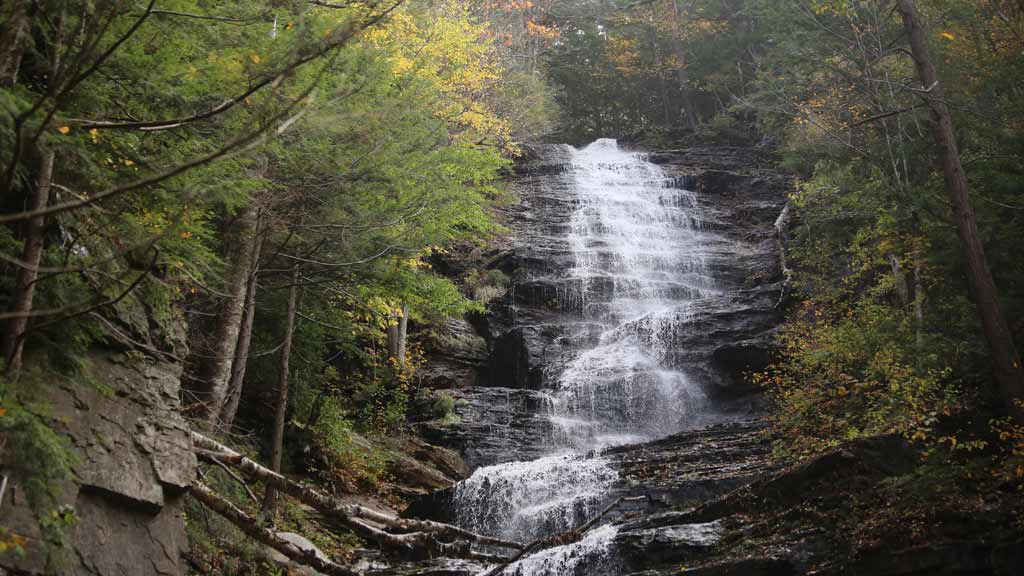
Encompassing over 400,000 acres of pristine wilderness, the Green Mountain National Forest in Vermont provides endless opportunities for snowshoeing adventures.
Snowshoers can explore trails such as the Robert Frost Interpretive Trail, Glastenbury Mountain Trail, and Deer Leap Trail, each offering unique experiences and stunning views.
Whether you’re seeking solitude in the wilderness or the camaraderie of guided tours, Green Mountain National Forest has something for everyone.
7. Mount Washington, New Hampshire
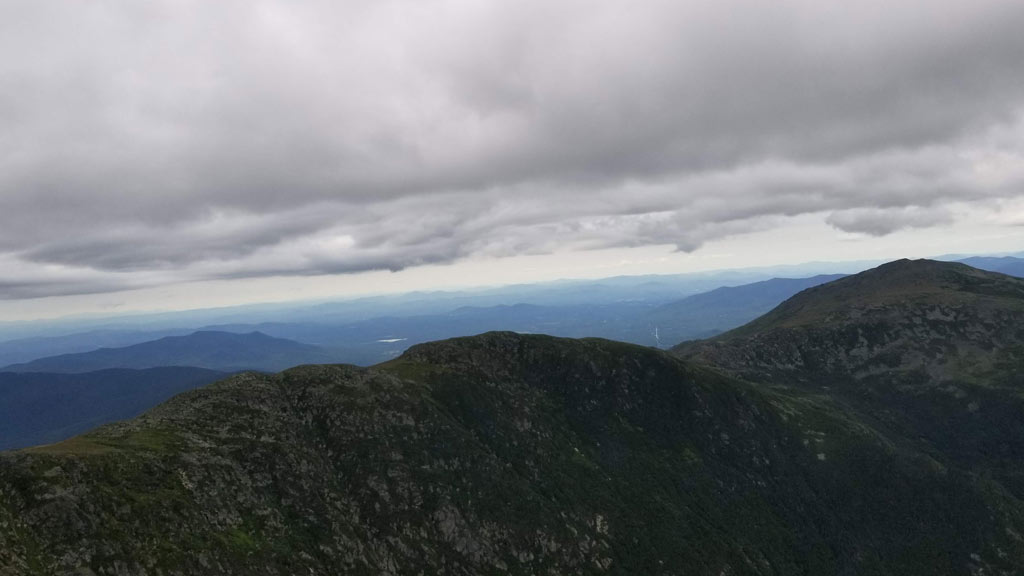
For experienced snowshoers seeking a challenge, Mount Washington offers exhilarating adventures with unmatched alpine scenery.
Known for its extreme weather conditions and towering summit, Mount Washington presents a formidable but rewarding destination for winter exploration.
It’s essential to be well-prepared and knowledgeable about winter mountaineering techniques before attempting to snowshoe on Mount Washington, as conditions can be unpredictable and hazardous.
Essential Items for Snowshoeing in New England
Snowshoeing in New England offers an exhilarating way to explore the region’s winter landscapes. Here’s a comprehensive list of the essential items you’ll need to try snowshoeing in New England:
Snowshoes
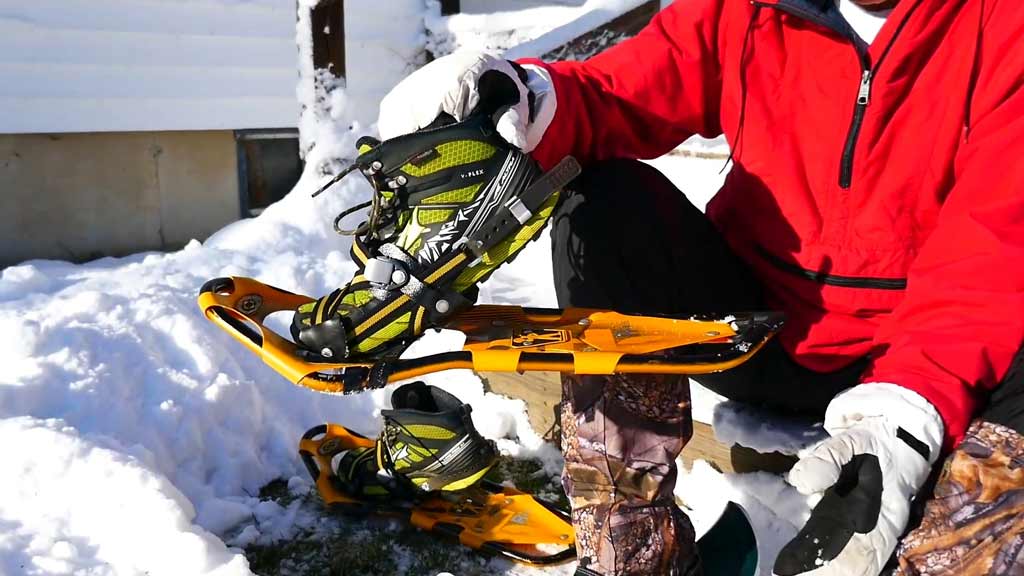
The most fundamental piece of equipment for snowshoeing is, of course, the snowshoes themselves. Snowshoes distribute your weight over a larger surface area, allowing you to walk on top of deep snow without sinking.
Choose snowshoes appropriate for your weight, intended terrain, and snow conditions.
Trekking Poles
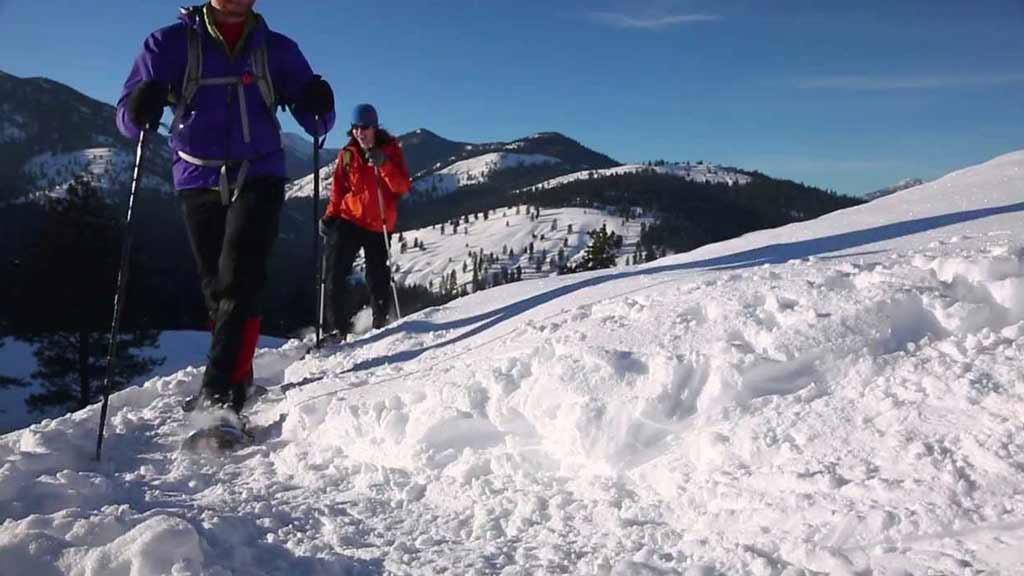
Trekking poles provide stability and support while snowshoeing, especially on uneven or slippery terrain. They can help reduce fatigue and prevent falls by improving balance and providing additional traction.
Waterproof Boots
Invest in a pair of insulated, waterproof boots designed for winter activities. Look for boots with good ankle support, sturdy soles for traction, and insulation to keep your feet warm in cold temperatures.
Gaiters
Gaiters are protective coverings worn over your boots and lower legs to prevent snow, water, and debris from entering your footwear. They help keep your feet dry and warm, especially in deep snow or wet conditions.
Layered Clothing
Dressing in layers is essential for regulating body temperature and staying comfortable while snowshoeing.
Start with a moisture-wicking base layer to draw sweat away from your skin, followed by an insulating mid-layer to retain heat, and finish with a waterproof and breathable outer shell to protect against wind, snow, and moisture.
Insulated Pants
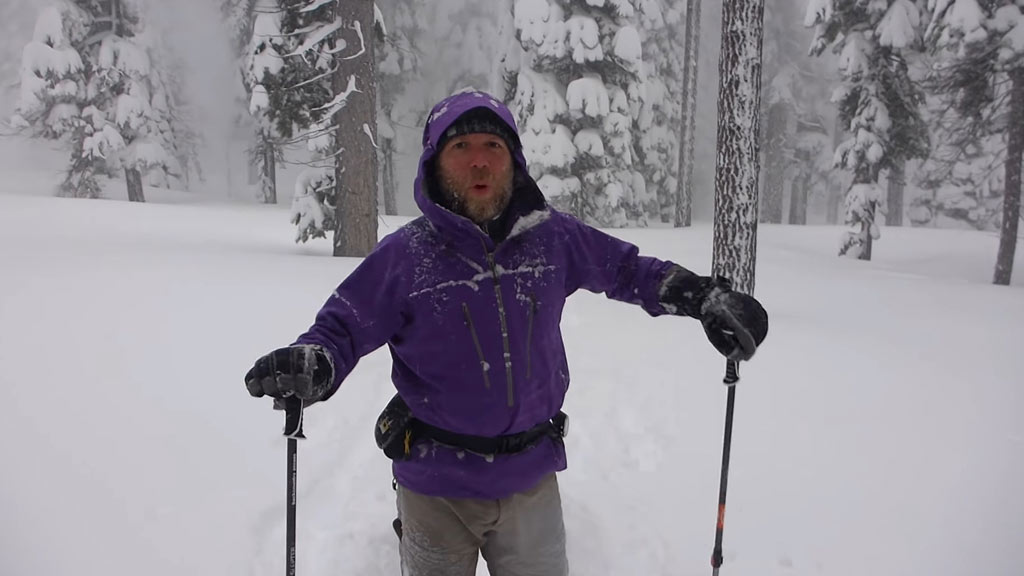
Wear insulated pants or snow pants to provide warmth and protection from the cold, wet snow. Look for pants with waterproof and breathable materials and features like adjustable waistbands and reinforced knees for durability.
Insulated Jacket
Choose a warm, insulated jacket designed for winter sports to keep your core warm while snowshoeing. Look for jackets with features like a hood, adjustable cuffs, and multiple pockets for storing essentials.
Hat and Gloves
A warm hat that covers your ears and gloves or mittens are essential for retaining heat and protecting exposed extremities from frostbite. Opt for moisture-wicking and insulated materials to keep your hands and head dry and warm.
Sunglasses or Goggles
Protect your eyes from snow glare and harmful UV rays by wearing sunglasses or goggles while snowshoeing. Choose lenses with UV protection and anti-fog coatings for clear vision in bright sunlight or snowy conditions.
Backpack
Carry a backpack to store essentials such as water, snacks, a map, compass or GPS device, first aid kit, extra clothing layers, and any other items you may need while snowshoeing. Look for a backpack with adjustable straps and padding for comfort and stability.
Navigation Tools
Bring navigation tools such as a map, compass, or GPS device to help you navigate trails and stay on course, especially in unfamiliar terrain or inclement weather conditions.
Water and Snacks
Stay hydrated and fueled during your snowshoeing adventure by bringing water and high-energy snacks like trail mix, granola bars, or fruit. Pack lightweight, non-perishable items that won’t freeze in cold temperatures.
First Aid Kit
Be prepared for minor injuries or emergencies by carrying a compact first aid kit with essentials like bandages, adhesive tape, antiseptic wipes, pain relievers, and blister treatment.
Emergency Shelter
Pack a lightweight emergency shelter, such as a space blanket or bivvy sack, to provide protection from wind, cold, and precipitation in case of unexpected delays or emergencies.
Sunscreen and Lip Balm
Protect your skin from sunburn and windburn by applying sunscreen and lip balm with SPF before heading out on your snowshoeing adventure.
Extra Batteries
Bring spare batteries for any electronic devices you may be using, such as GPS devices, headlamps, or emergency communication devices, to ensure they remain operational throughout your trip.
FAQs
What should I wear when snowshoeing in New England?
Dressing appropriately for snowshoeing in New England is crucial to ensure comfort and safety.
Wear layers to trap heat and wick moisture away from your body, including moisture-wicking base layers, insulating mid-layers, and a waterproof and breathable outer shell.
Are there guided snowshoeing tours available in New England?
Yes, many outdoor recreation companies and national parks offer guided snowshoeing tours in New England. These tours are led by experienced guides who provide instruction, equipment, and insights into the local environment and wildlife.
Can I rent snowshoes in New England?
Yes, several outdoor gear shops, ski resorts, and national park visitor centers in New England offer snowshoe rentals.
Renting snowshoes is a convenient option for travelers who don’t own their own equipment or want to try snowshoeing without making a significant investment.
Are there designated trails for snowshoeing in New England?
Yes, many national parks, state parks, and recreation areas in New England have designated trails specifically for snowshoeing. These trails are typically well-marked and maintained during the winter months, offering snowshoers a safe and enjoyable outdoor experience.
What safety precautions should I take while snowshoeing in New England?
When snowshoeing in New England, it’s essential to prioritize safety to prevent accidents or injuries. Before heading out, check the weather forecast and trail conditions, and let someone know your planned route and estimated return time.
Conclusion
With its diverse landscapes and abundance of snowfall, New England is a paradise for snowshoers seeking outdoor adventures.
From the tranquil woods of Maine to the majestic peaks of New Hampshire, each destination offers a unique experience, promising unforgettable moments amidst the winter wonderland.
As you traverse the snow-covered trails, you’ll encounter pristine forests, frozen waterfalls, and stunning vistas that showcase the region’s natural beauty.
Whether you’re seeking solitude in the wilderness or the camaraderie of guided tours, New England’s snowshoeing opportunities cater to all preferences and skill levels.
So, gather your gear, embrace the crisp winter air, and set off on a snowshoeing journey through the heart of New England.
Whether you’re exploring familiar territory or venturing into uncharted snowscapes, each step will bring you closer to the magic of winter in this enchanting region. Pack your bags and get started.
Laura Chassaigne